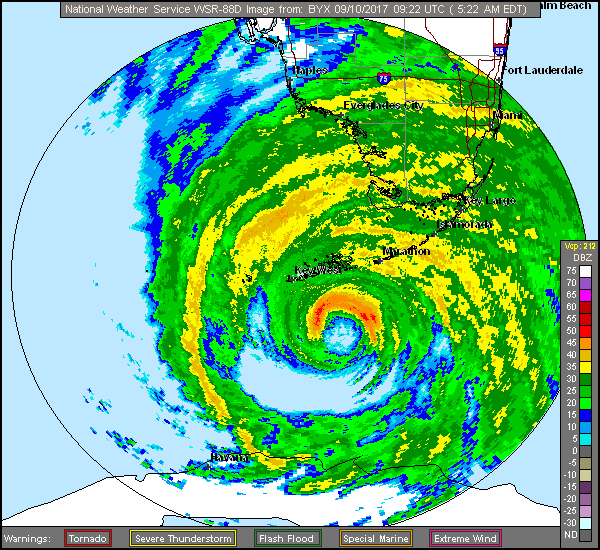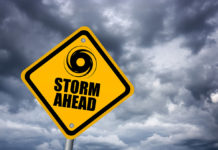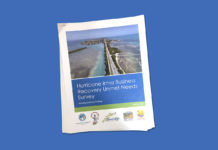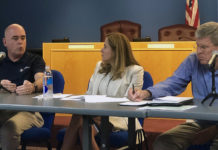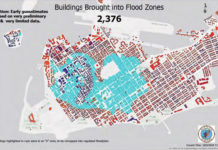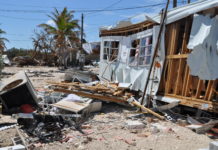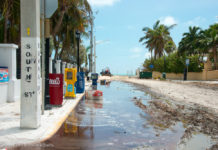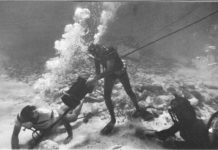Willie Drye spent Hurricane Irma live blogging on the National Geographic website. Drye is the author of the definitive book about Keys hurricanes — “Storm of the Century: The Labor Day Hurricane of 1935.”
“Hurricane Irma didn’t have the tremendous power of the Labor Day storm. It didn’t have the one-two punch, it just had one punch,” he said.
He’s referring to what others call “half a donut,” or “half a storm.” Hurricane Irma was knocked down by two factors. One, the storm weakened as it interacted with the northern coast of Cuba. Two, it crossed a section of dry air in the Florida Straits that weakened it further. So, while the hurricane was beginning its trek across the islands of the Keys, from south to north, there were strong winds. Once the eye passed over, the winds from the other direction, the west, were not as strong.
“The big effect of that was that there were no strong west winds, which would have caused the feared deadly and damaging storm surge on the southwest coast [of mainland Florida], not to mention a double dose of damaging wind taking down trees and power lines, instead of just the front side of the donut,” said Brian Norcross of the Weather Channel.
Perhaps the best evidence of this happened in Boot Key Harbor in Marathon. Boats on the east end of the harbor broke loose and swept westward through the mooring field. Many stacked up against the pilings of the Boot Key Bridge. It stands to reason that if the west wind had been equally as strong, the same boats would have been pushed back to the east.
Phil Klotzbach is one of the country’s foremost hurricane forecasters and authors of the annual forecast published by Colorado State University. He said Hurricane Irma could have been much worse.
“The infusion of dry air at the last minute and its track across Cuba that weakened it before it turned toward the Florida Keys, kept it from being much worse,” Klotzbach said. He added, Hurricane Irma “got chopped off in its backside,” and that affected the storm’s force.
Drye reiterated the opinions of the meteorologists here, and added: “It’s hard to tell people who are looking at their wrecked homes that they are lucky, and I get that, but it could have been worse.
Norcross said what didn’t happen in Irma is a cautionary tale. He said, “People should review their actions and imagine what would have happened if Irma’s eyewall had been intact so strong winds had come from both directions.”
















